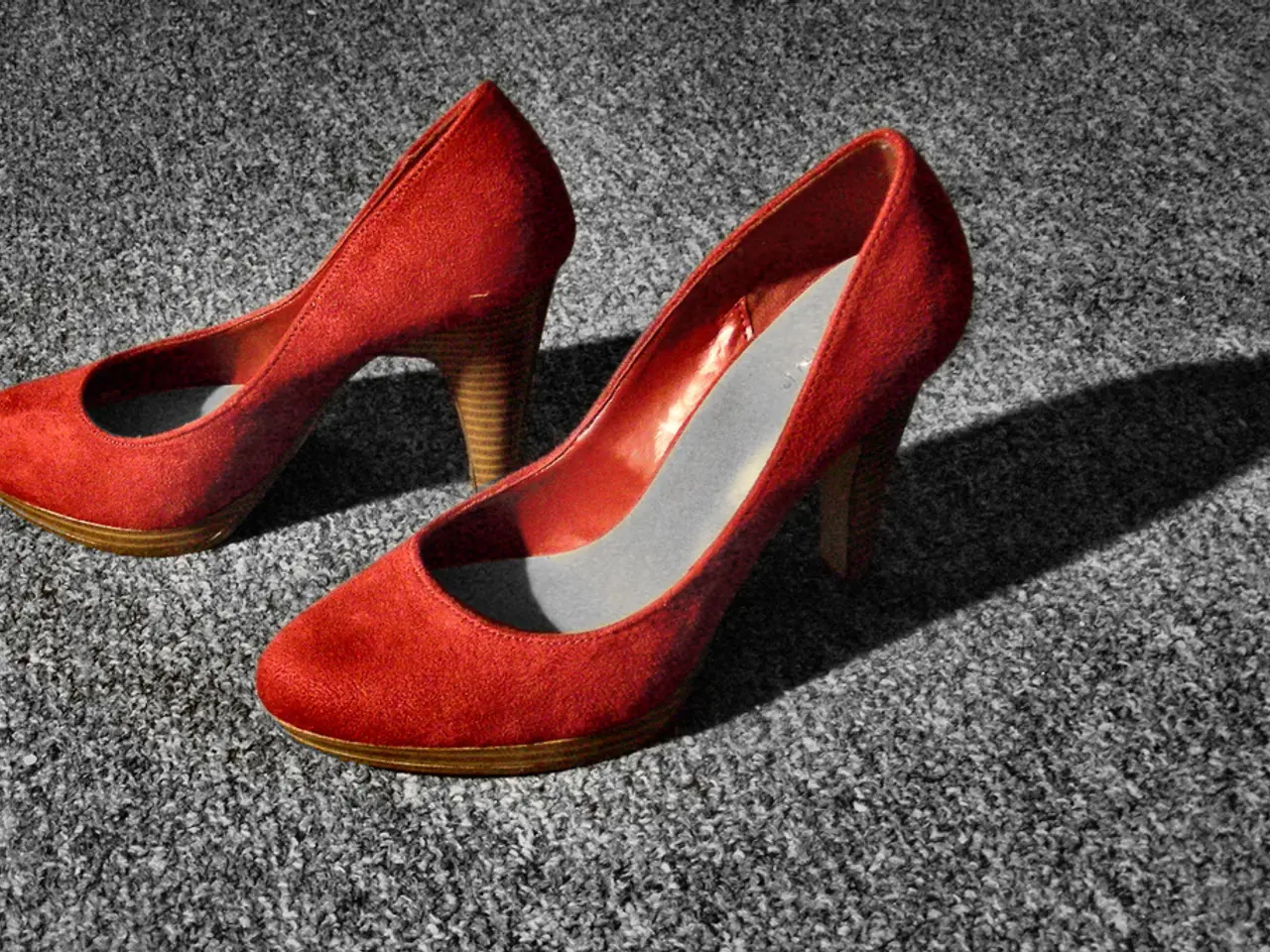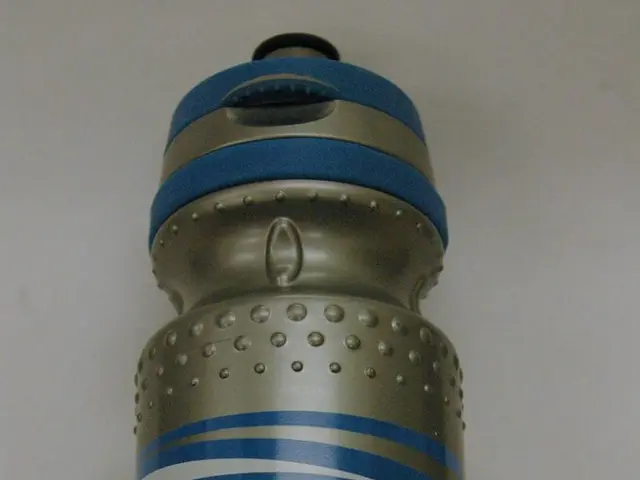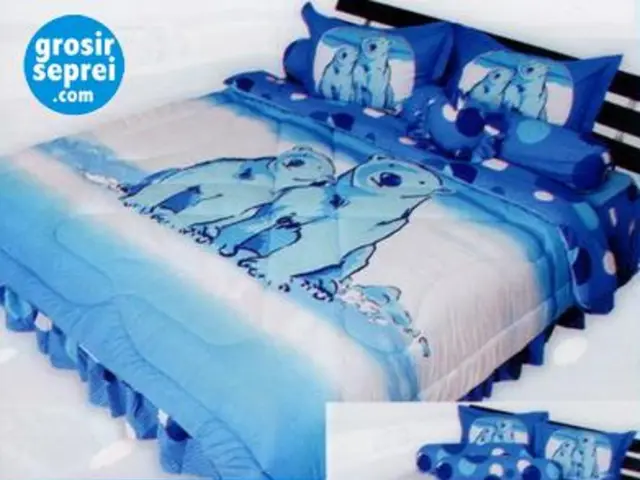Are sandals without support harmful to your feet?
In the summer months, it's easy to reach for a pair of flip-flops for casual comfort. However, for individuals with foot deformities, the choice of footwear can significantly impact their comfort and overall foot health.
Orthopedist Michael Lehnert suggests that a wide imprint on a towel indicates a potential foot problem, such as a collapsed transverse arch and spread middle foot bones. This is one reason why regular flip-flops, which lack lateral support and often have a flat, thin sole without a footbed, may not be the best choice for those with foot deformities.
Regular flip-flops can exacerbate foot deformities over time by encouraging the foot to become wider and causing pain through insufficient arch support, poor shock absorption, and excessive toe gripping.
However, there are alternative flip-flop options available that provide lateral support and a supportive footbed to relieve foot pain. These include contoured flip-flops designed with medial and lateral arch support to stabilize the foot and reduce fatigue.
Orthotic or therapeutic footwear brands often offer sandals or flip-flop styles with enhanced arch support, cushioned and anatomically shaped footbeds, and lateral stability features tailored for foot deformities or conditions like plantar fasciitis or neuroma. These options provide relief from pressure and help maintain proper foot alignment.
When shopping for flip-flops, look for those with contoured footbeds supporting medial and lateral arches, proper cushioning and shock absorption, features designed to reduce toe gripping and improve balance, and orthotic-grade insoles or footbeds offering anatomical support.
In addition to choosing the right flip-flops, it's important to maintain foot health through regular exercises. Michael Lehnert suggests laying a towel on the floor for foot exercises, which can help train the small muscles in the foot and contribute to its stability.
It's also recommended to break in new flip-flops at home for an hour before extended use and to avoid wearing them for prolonged periods, especially for people with foot deformities. Long-term use of flip-flops can promote a hallux valgus, a condition known as a bunion.
While flip-flops can bring a vacation feeling to daily life, moderate use is recommended, not for extended periods. An upcoming vacation is a suitable time to buy new flip-flops, ensuring you have the right footwear for your holiday.
In conclusion, by choosing the right flip-flops and incorporating regular foot exercises, individuals with foot deformities can maintain foot health and comfort throughout the summer months.
- For individuals with foot deformities, opting for flip-flops with contoured footbeds supporting medial and lateral arches, along with proper cushioning and shock absorption, can help alleviate foot pain and maintain proper foot alignment, as suggested by orthopedist Michael Lehnert.
- Engaging in regular foot exercises, such as those involving a towel on the floor, can help strengthen the small muscles in the foot, contributing to its stability and promoting foot health, thereby complementing the choice of appropriate flip-flops.







